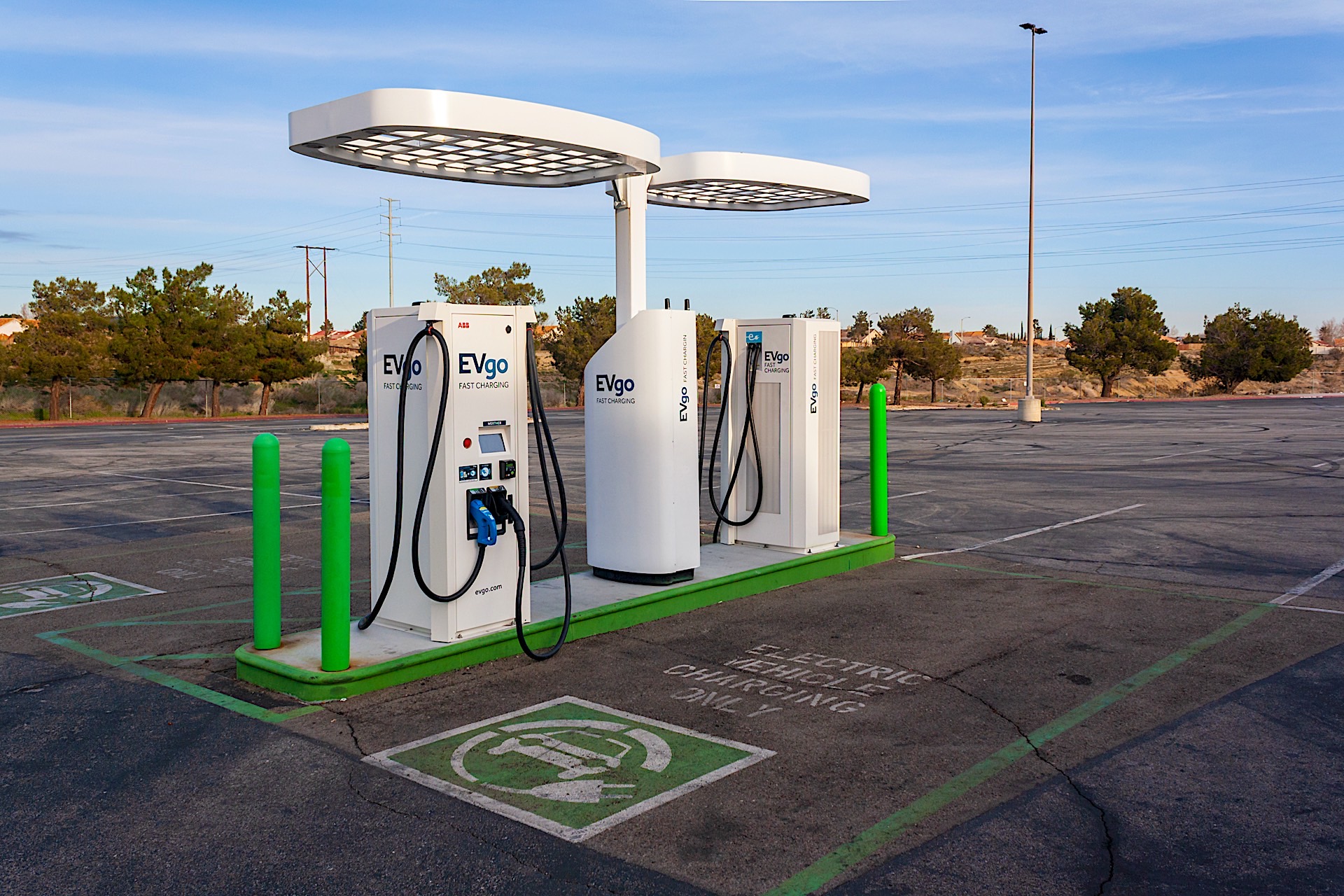
The arms race for electric vehicle range is raging. With manufacturers like Lucid and Tesla jumping at the chance to offer high-dollar EVs packed with batteries delivering over 500 miles of range, it’s an exciting time to be following the electric car game. Potential new car buyers have listed range anxiety as one of the major factors that leads them away from electric cars for years. I would contend that not only does the average consumer not need the range they claim to want, but much of range anxiety could be solved with adequate charging infrastructure and Level 3 DC fast charging.
A week ago today I took off for a long-distance motorcycle road trip across the amber waves of grain and fruited plains we call the United States, and I think electric vehicle adoption could learn a thing or two about range anxiety from the motorcycle community. The motorcycle involved in this adventure is a 2020 Ducati Diavel 1260 S. It isn’t electric, but here’s why you should care; it has a 157 horsepower V-twin and a 3.5-gallons fuel tank. The former can suck the latter dry in under 150 miles, even if you’re being conservative with the throttle.
My trip took me through some of the least populated areas of the United States, including Nevada, Idaho, Montana, North Dakota, and the parts of Minnesota, Wisconsin, and Michigan that are practically Canadian. That 150 miles of range would be a huge problem if my steed were of the electric variety. But for the decades-old fuel stop infrastructure we’ve assembled across this great land, packed to the gills with 170,000 gas stations, I was never once worried about range. I knew that, especially along a main thoroughfare like I-94, I was never more than 30 miles from a fuel pump. Once my indicated range was reduced below 50, I started passively keeping an eye out for the bright green and red LED signage screaming “Dino juice available here.” It was never more than a passing thought that I might run out of fuel.
The problem with asking for more range means you’re asking for ever more expensive electric cars. Batteries cost a lot of money to produce, and packing a car with more of them only increases that expense exponentially. If we were able to settle on a more sane range expectation as consumers, not only would the price of EVs trend downward over the next decade, but we’d be using fewer precious metals in the creation of each car. That lithium and cobalt doesn’t grow on trees. As bad as the mining practices are for such difficult to extract metals, we should try to leave as much of it in the ground as we possibly can, and that means getting the most from each battery as we can.
If, for example, we decided it was perfectly fine to have an EV, even a luxurious one, with a 200 mile range and didn’t continue to demand more range to justify our edge use cases, those cars could carry a lighter battery load. Weight is the enemy of efficiency, and by virtue of reducing the weight of the car in battery, manufacturers could then design-in lighter weight components like suspension, brakes, and wheels. Further, fewer batteries would open up more interior volume to things like human feet, allowing a given engineering exercise a larger interior volume relative to its exterior size. So if you can reduce the batteries used per car, it not only helps save precious resources, but it’ll also make the car cost significantly less.
READ ALSO: Tesla Supercharger network is the company’s key to success
OK, so how do you manage a 150-200 mile range vehicle on a road trip across the largely empty sections of the United States? Well, it’s currently very unlikely. I saw a handful of EV chargers in places I didn’t expect to see them, like Jackpot, Nevada and Yellowstone National Park, for example, so progress is being made. In order to facilitate a wider adoption of electric vehicle charging, however, we need to provide at least as robust a charging network in this country as gasoline distribution infrastructure has built. The first gas station was built in 1905, and there are two complete gas stations for every public EV charging plug in America, but we don’t have 115 years to catch up, we need to do it right now.
California has a half-billion dollar plan to triple the number of charging stations in the state. That’s a great start, and an excellent goal, but it doesn’t help an EV driver explore the country in the way that gasoline currently does. Every state, city, municipality, county, and township needs to make this a priority. Many Americans have wanderlust in our hearts, and getting out to see the national parks and monuments is the entire game that we need to change. Much of my motivation for wanting to save this planet is driven by my ability to see it in all its wonder.
We don’t need bigger range to get where we want to go, we need better infrastructure. Let’s get building.

